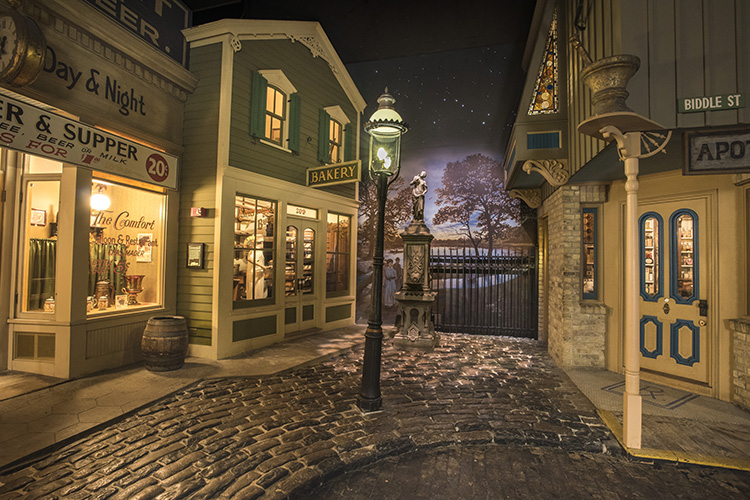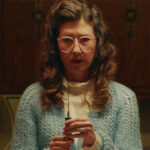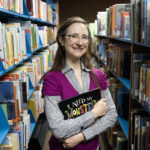Tweeps, please retweet #MKE92 next week.
History Department students and faculty will help the Milwaukee Public Museum launch the renovated Streets of Old Milwaukee exhibit Friday with a live-tweeting event that brings to life one of Milwaukee’s most defining events: the Third Ward Fire in 1892.
Ten re-enactors, including eight graduate students in the public history program at UWM, will participate in the Dec. 11 opening night Twitter event, acting as historical figures tweeting about their experiences in the fire.
“This is a way to help the public understand the nature of history,” Milwaukee Public Museum Educator Jaclyn Kelly said. “History is about the experiences of real people.”
Streets of Old Milwaukee showcases what life was like in Milwaukee from the 1890s through World War I. Kelly organized the live-tweet to mark the exhibit’s 50th anniversary, renovation, and reopening. A 2011 graduate with a master’s degree in public history and a Museum Studies Certificate, she got help from history Professor Genevieve G. McBride and her graduate students.
“It’s suited for building those students’ resumes for their future careers as well as for using the experience that many already have gained in public history internships,” McBride said.
Kelly and Al Muchka, curator of the Streets of Old Milwaukee exhibit and also a graduate of the UWM public history program, provided initial suggestions for resources for research. Students in McBride’s seminar also found historical documents, maps and other materials in the UWM Libraries, as well as the Milwaukee County Historical Society and Milwaukee Public Library.
The students penned biographies of their historical figures to be posted online by the museum. They also drafted hundreds of tweets for four hours of tweeting from the museum, as though their historical figures were reliving their experiences in 1892.
Historical figures selected include the city’s fire chief in 1892, James Foley, who was injured in the blaze. His tweets will include a frantic message, “Milwaukee is burning,” just as he telegraphed to cities as far as Chicago to send firefighting forces and equipment by horse-drawn wagons and trains.
Other characters tweeting that day will be Frederick Katzer, Archbishop of Milwaukee; Otto Falk, head of the state’s National Guard, which was called up to assist in fighting the fire; and Edward P. Bacon, a businessman and president of the Milwaukee Chamber of Commerce. Other students created composite characters typical of city residents affected by the fire.
While the students will tweet from the museum, you don’t have to be present to experience the event, Kelly said. The public will be able to see updates in real time on Twitter by searching for #MKE92.
“You can experience an element of what our event is trying to communicate, from wherever you have your mobile device,” Kelly said.







